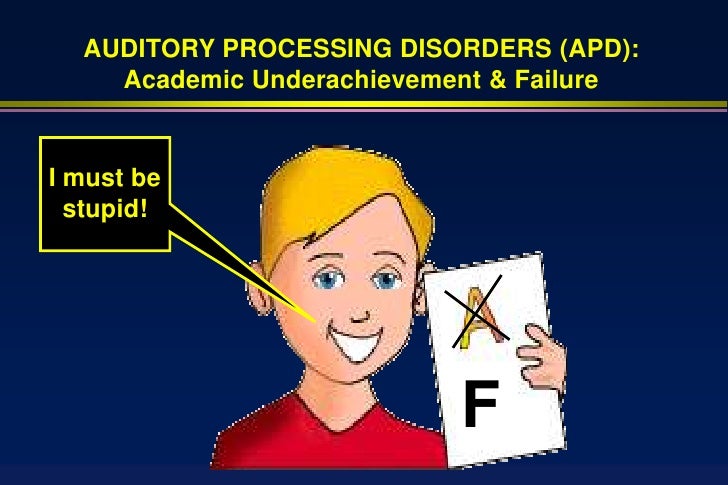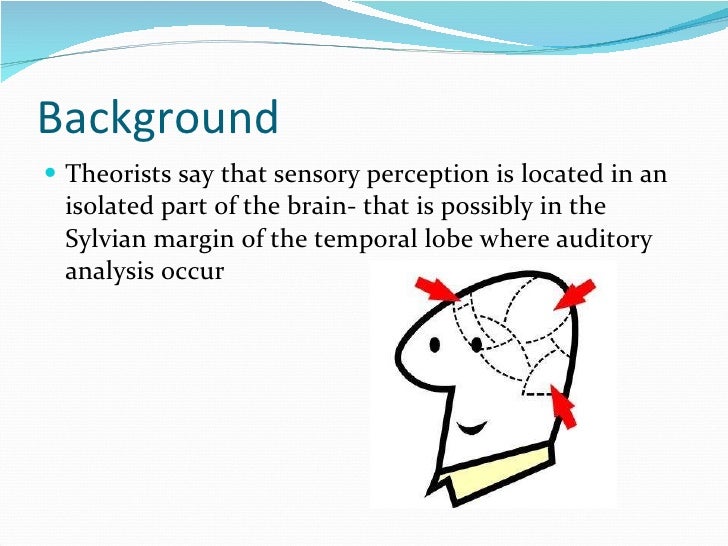

- Auditory processing disorder medical devices full#
- Auditory processing disorder medical devices professional#
Auditory processing disorder medical devices full#
A comprehensive audiological evaluation at the A&A Audiology Clinic routinely includes otoscopy, air and bone conduction pure tone audiometry, full immittance testing to determine middle ear status, otoacoustic emissions (OAE), and thorough speech recognition measures, including speech-in-noise testing and/or screening for central involvement, to evaluate the presence, extent and nature of hearing loss.Įvaluation of hearing can take place at any age. A thorough diagnostic audiological evaluation is the first step if you suspect a hearing problem and essential before commencing habilitation. Moore, outlines the Neural basis of central auditory system function and disorder.A&A Audiology is a center of excellence specializing in comprehensive diagnostic evaluations for adults and children. This video clip, presented by Prof David R. Secondary APD: Cases where APD occurs in the presence, or as a result of either transient or permanent peripheral hearing impairment.Acquired APD: Cases associated with ageing or a known medical or environmental event (e.g.These individuals may retain APD into adulthood

Developmental APD: Cases presenting in childhood with listening difficulties, but with normal audiometric hearing and no other known aetiology or potential risk factors other than a family history of developmental communication and related disorders.What is an Auditory Processing Disorder?ĪPD is characterised by poor perception of sounds, has its origins in impaired neural function, and impacts on everyday life primarily through a reduced ability to listen, and so respond appropriately to sounds. The APD MeshGuide is structured to allow the reader to easily access the specific area/s they are interested in. The APD MeshGuide, an online resource published in 2019 (and regularly updated), offers a snapshot of APD, access to international position statements/practice guidance. Campbell & Tony Sirimanna (2013) Evolving concepts of developmental auditory processing disorder (APD): A British Society of Audiology APD Special Interest Group ‘white paper’, International Journal of Audiology, 52:1, 3-13, DOI: 10.3109/14992027.2012.723143 Moore, Stuart Rosen, Doris-Eva Bamiou, Nicole G. The above 2011 documents culminated in the publication the first BSA ‘white paper’ with a set of international commentaries from experts around the world: David R. These documents should be read together. The BSA APD Position Statement and Practice Guidance Document, published in 2011, served as a catalyst for moving the field of APD forward and fostering international collaboration. Please note this document updates rather than replaces the existing 2011 documents. The new Position Statement and Practice Guidance APD 2018 was published in February 2018. Our APD SIG has been at the forefront of international developments in recent years. The aim our APD SIG is to promote a high standard of research and evidence-based care and encourage international and interdisciplinary collaboration. We invite both professionals and members of the public to serve as advisors to our SIG. We foster strong links with the community and individuals with APD as well as their families.
Auditory processing disorder medical devices professional#
Our steering committee represents a broad range of professional disciplines, and includes leading researchers and clinicians in the field. The APD SIG, was established in 2003 and is the first BSA SIG.




 0 kommentar(er)
0 kommentar(er)
